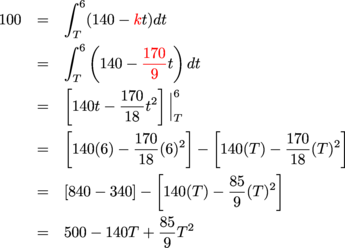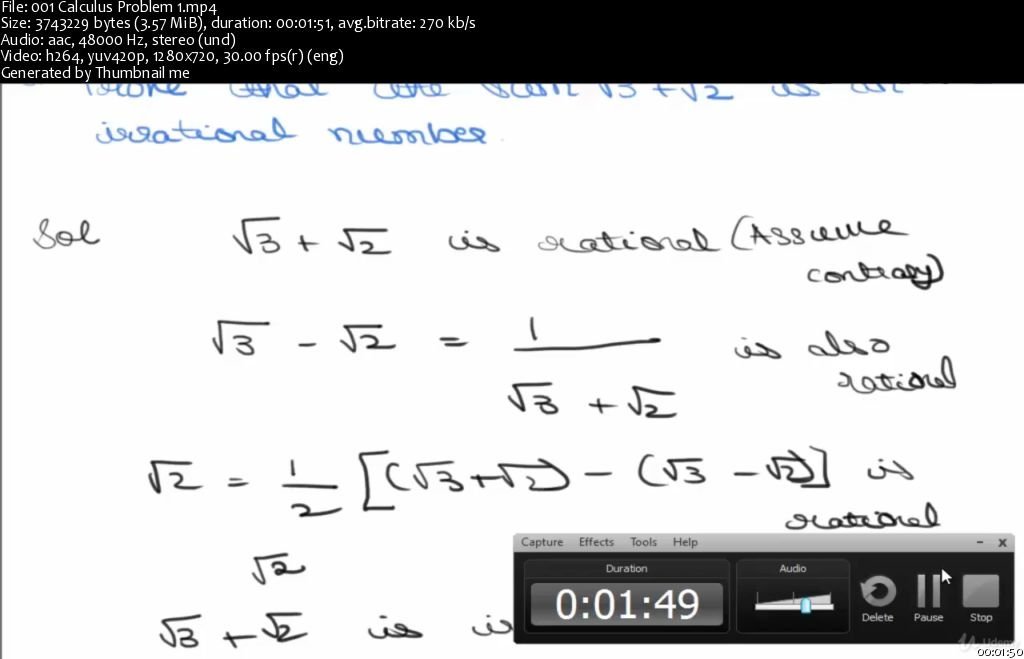

There is a constant c for which F(x} = G(x) + c.

Since G is also an antiderivative of f, we know that Then by Theorem 1, F isĪn antiderivative of f. To verify the fundamental theorem, let F be given by Let f be continuous on, and suppose G is any antiderivative of f on The following theorem is called the fundamental theorem and is a consequence Integration x is equal to f evaluated at x. That is, the derivative of the integral of/ with respect to the upper limit of Let f be a continuous function on, and define a function F by The theorem establishes anĪmazing relationship between the integral, which may be interpreted as an area,Īnd the antiderivative, which is inversely related to the derivative that is, Integrals by first evaluating antiderivatives. This section, the fundamental theorem of calculus, includes a very importantįormula for evaluating integrals. This procedure will succeed only for very simple integrals. With an appropriate area and then using methods from geometry to find the area. Integrals were evaluated in the previous tutorial by identifying the integral Definite integrals will always be given in their exact form when possible, but failing this QuickMath will use a numerical method to give you an approximate value. If an indefinite integral (primitive function) is sought but cannot be found for a particular function, QuickMath will let you know. The integrate command can be used to find either indefinite or definite integrals. The differentiate command knows all the rules of differential calculus, including the product rule, the quotient rule and the chain rule. In the advanced section, you also have the option of specifying arbitrary functional dependencies within your expression and finding higher order derivatives. The differentiate command allows you to find the derivative of an expression with respect to any variable. Integral calculus is often introduced in school in terms of finding primitive functions (indefinite integrals) and finding the area under a curve (definite integrals).
Calculus problems step by step how to#
At school, you are introduced to differential calculus by learning how to find the derivative of a function in order to determine the slope of the graph of that function at any point. The two branches of calculus are differential calculus and integral calculus.ĭifferential calculus is the study of rates of change of functions. What is calculus?Ĭalculus is a vast topic, and it forms the basis for much of modern mathematics. Their textbooks have been honored with various awards from the Text and Academic Authors Association.The calculus section of QuickMath allows you to differentiate and integrate almost any mathematical expression. He has also coauthored a wide range of mathematics textbooks with Professor Ron Larson. He has been a frequent speaker at research conferences and meetings of the National Council of Teachers of Mathematics. Professor Edwards has taught a variety of mathematics courses at the University of Florida, from first-year calculus to graduate-level classes in algebra and numerical analysis. He was selected by the Office of Alumni Affairs to be the Distinguished Alumni Professor for 1991-1993. Professor Edwards has won many teaching awards at the University of Florida, including Teacher of the Year in the College of Liberal Arts and Sciences, Liberal Arts and Sciences Student Council Teacher of the Year, and the University of Florida Honors Program Teacher of the Year. After his years at Stanford, he taught mathematics at a university near Bogota, Colombia, as a Peace Corps volunteer. in Mathematics from Stanford University and his Ph.D. Edwards is Professor of Mathematics at the University of Florida.


 0 kommentar(er)
0 kommentar(er)
